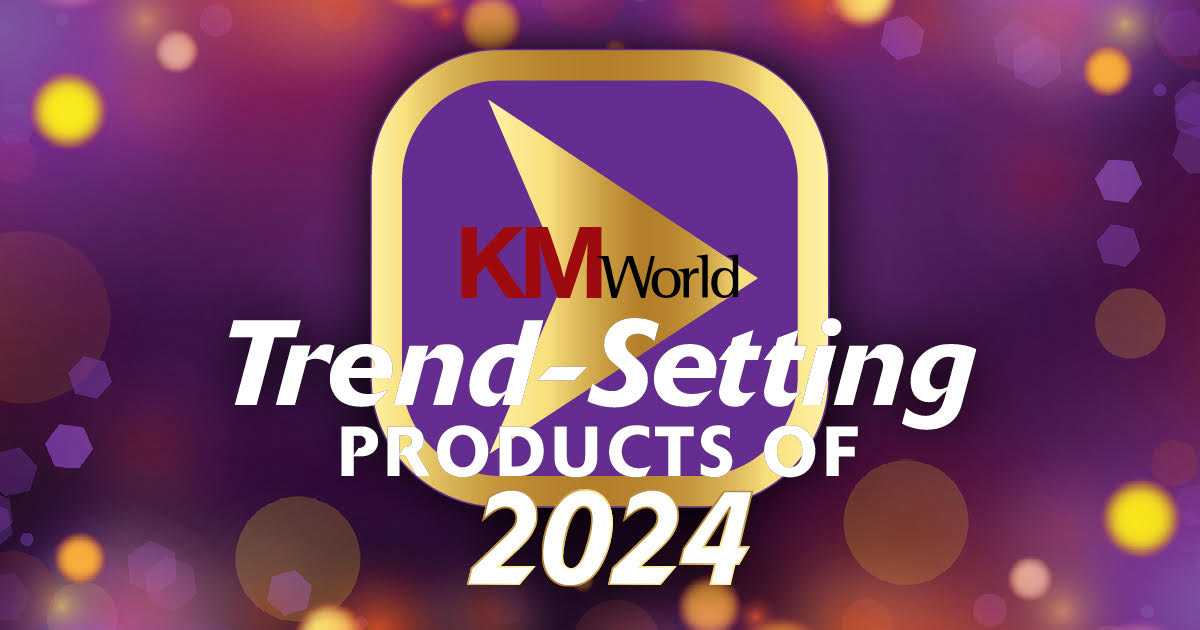
- 13 August, 2015
Franz and Montefiore Medical Center Team up to Deliver the First Semantic Data Lake for Healthcare
Accountable Care and Personalized Medicine Initiatives Propelled by Unique Semantic Analytic Platform
San Jose, Calif., Smart Data Conference, August 13, 2015 — Franz Inc., the leading supplier of Semantic Graph Database technology, in collaboration with Montefiore Medical Center (the eighth largest hospital in the U.S.), Intel, Cloudera and Cisco, announced the first Semantic Data Lake (SDL) for Healthcare, a scalable and extensible Healthcare platform designed for Accountable Care and Personalized Medicine initiatives.
Montefiore Medical Center is developing the SDL Healthcare platform to enable and scale knowledge-based analytics, classification, pattern recognition, predictive modeling, and simulations. The platform integrates complex information for basic science, clinical, population, community, environmental, behavioral and wellness research data.
On August 18 during the Smart Data Conference, Dr. Parsa Mirhaji MD. PhD., Montefiore Medical Center and Dr. Jans Aasman, CEO of Franz Inc., will introduce the concept of SDL for Healthcare and associated smart applications such as for personalized medicine, care management, decision support, fraud detection, risk management, signal detection and risk assessments.
‘Data Lakes’ have become one of the most discussed information management approaches over the past few years. According to Gartner Research Director Nick Heudecker, “Data Lakes typically begin as ungoverned data stores. Meeting the needs of wider audiences require curated repositories with governance, semantic consistency and access controls…” (Source: Press Release, Gartner Says Beware of the Data Lake Fallacy, July 28, 2014)
The need for semantic consistency within Data Lakes is a driving force for the SDL Healthcare platform. Adding semantics to a Data Lake dramatically eases the transformation and integration of multi-source, heterogeneous unstructured and structured data including free text clinical narratives. The SDL Healthcare platform creates a self-descriptive repository of graph data that can be queried in real-time to deliver critical answers to complex questions.
“The ability to conduct real-time analysis over new combinations of data such as patient information, genetic data, medical device data, clinical trials, drug information and public health data — will fuel discoveries, significantly improve efficiencies and personalize care,” said Dr. Parsa Mirhaji MD. PhD., Associate Professor of Systems and Computational Biology and the Director of Clinical Research Informatics at the Albert Einstein College of Medicine and Montefiore Medical Center-Institute for Clinical Translational Research.
The SDL at Montefiore, which is expected to grow to trillions of edges by 2016, links and fuses domain specific models (ontologies), biomedical terminologies and taxonomy systems, and other contextual metadata with ERP data, Electronic Medical Records, and medical device data in massive volumes. The SDL for Healthcare provides a uniform, semantically integrated, self-descriptive information repository based on graph representations of multi-source, heterogeneous data – including free text clinical narratives.
“Making sense out of big data is a challenge, particularly in the healthcare industry where information comes from a variety of sources and in different forms including structured, unstructured, images, temporal, geo-location and signal data,” Dr. Jans Aasman, CEO, Franz Inc. “With the SDL for Healthcare we quickly ingest many types of data into a single system and apply Artificial Intelligence, machine learning and visual data exploration to discover new relationships between data that can save lives and improve care.”
The SDL for Healthcare is a big data platform built on Cloudera’s Hadoop distribution and Franz’s AllegroGraph, a high performance Semantic Graph Database that enables analytics by leveraging the W3C industry standards. AllegroGraph empowers organizations to extract sophisticated decision insights and predictive analytics from highly complex, distributed data that isnҴ possible using conventional databases.
The popularity of Graph databases has skyrocketed – growing nearly 400% in the past two years, according to a DBMS ranking by DB-Engines. A recent Forrester Research report stated, “Graph databases are a powerful optimized technology that link billions of pieces of connected data to help create new sources of value for customers and increase operational agility for customer service. Because graph databases track connections among entities and offer links to get more detailed information, they are well-suited for scenarios in which relationships are important, such as cybersecurity, social network analysis, eCommerce recommendations, dependence analysis, and predictive analytics.” (Source: Forrester Research, Market Overview: Graph Databases, May 28, 2015)
“The SDL for Healthcare demonstrates how leveraging Intel’s Hadoop investment along with Franz’s Semantic Graph Database addresses many of the scale, performance, data integration, and complex analytics challenges that have prohibited real world applications of Precision Medicine and Accountable Care,” said Ketan Paranjape, General Manager Life Sciences, Intel. “We are pleased with this important project and looking forward to the discoveries it will fuel.”
About AllegroGraph
Unlike traditional relational databases or Property Graph Databases, AllegroGraph employs semantic graph technologies that process data with contextual and conceptual intelligence. AllegroGraph is able run queries of unprecedented complexity to support predictive analytics that help organizations make more informed, real-time decisions. AllegroGraph is the first Graph Database to support analysis across N-dimensions – any conceivable measurement of an object, property or operation. For example, AllegroGraph can analyze temporal (time) and geospatial (location) dimensions relative to any ‘event,Ҡsuch as a disease, drug interaction, genetic combination, biomarkers, observations, image or physical sensors.
About Franz Inc.
Franz Inc. is an innovative technology company with expert knowledge in developing and deploying Graph Search solutions. AllegroGraph, Franz’s flagship, high-performance, transactional, and scalable Graph Database, provides the solid storage layer for powerful Enterprise grade NoSQL solutions. AllegroGraph’s Activity Recognition capabilities provides a powerful means to aggregate and analyze data about individual and organizational behaviors, preferences, relationships, plus spatial and temporal linkages between individuals and groups. Franz’s Professional Service team is in the business of helping companies turn Data into Information and Information into Knowledge. Franz is an American owned company based in Oakland, California with customers that include Fortune 500 companies in healthcare, government, life sciences and telecommunications industries. Franz has demonstrated consistent growth and profitability since inception. For more information, visit franz.com and allegrograph.com.
All trademarks and registered trademarks in this document are the properties of their respective owners







